SuperEx丨U.S. judge approves FTX bankruptcy reorganization plan, creditors about to get paid
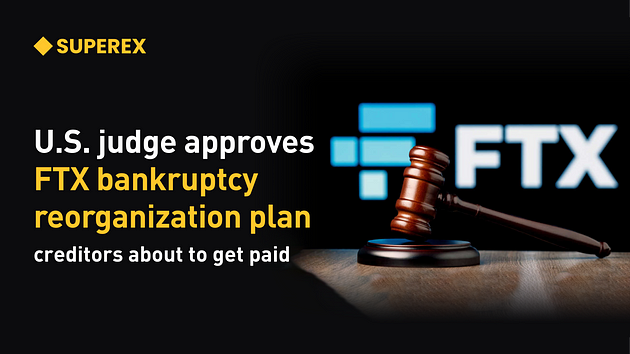
#U.S. #FTX #SuperEx
According to foreign media reports, on October 8th, a U.S. bankruptcy judge officially approved FTX’s bankruptcy restructuring plan. This marks a pivotal moment since FTX’s collapse in November 2022, as the once-renowned cryptocurrency exchange finally sees the start of its compensation process. The FTX bankruptcy case has undoubtedly become a historic event in the crypto market, and the approval of this restructuring plan brings new hope to global investors. The plan, which gained the support of approximately 94% of creditors, is expected to compensate 98% of them with at least 118% of their claims. This news has sparked extensive attention and discussion within the market and provides a significant reference case for future bankruptcy settlements in the cryptocurrency industry.
- Click to register SuperEx
- Click to download the SuperEx APP
- Click to enter SuperEx CMC
- Click to enter SuperEx DAO Academy — Space

According to the court ruling, all settlements will be made in cash instead of being based on the original value of the cryptocurrencies held. This decision has led to dissatisfaction among some creditors, who argue that the value of their cryptocurrency assets once far exceeded the current cash compensation amounts. However, given the complexity of the FTX case and the volatility of the market, the judge ultimately ruled to adopt a more prudent cash settlement approach. Furthermore, the court declared FTX’s native token, FTT, to have zero value. This not only signifies FTT’s market value being reduced to zero but also deals a further blow to FTX’s brand and reputation.
So, what impact does the approval of this restructuring plan have on the cryptocurrency market?
In the short term, this ruling could lead to a certain degree of capital inflow for FTX’s creditors, especially in the current environment where liquidity is relatively tight in the crypto market. Although compensation will be settled in cash, receiving over 118% of their claims is undoubtedly a relief for the victims. However, in the long run, this bankruptcy restructuring could have profound implications for the industry. Particularly from a regulatory standpoint, the FTX bankruptcy liquidation process has exposed gaps in the legal and compliance frameworks of the cryptocurrency industry. Moving forward, bankruptcy settlements and restructuring plans in the crypto space may become more stringent and transparent, with regulatory authorities potentially stepping up their oversight of digital assets.
Meanwhile, the approval of FTX’s restructuring plan has also sparked speculation about the exchange’s future. According to the plan, FTX will gradually pay out compensation to creditors over the next few months, with the overall compensation process expected to continue until 2025. However, as FTX’s debts are gradually cleared, discussions about the potential relaunch of the platform have begun to surface. Insiders have revealed that FTX’s management team is actively considering bringing in new investors and partners to restore some platform functions and explore the possibility of re-entering the market. Although there is no official confirmation of this plan, should it materialize, it would undoubtedly bring yet another wave of disruption to the cryptocurrency industry.
It is worth noting that the FTX bankruptcy case has not only affected its creditors and investors but has also made waves both within and outside the cryptocurrency industry. Major exchanges such as Binance and Coinbase have begun to strengthen their internal compliance management and re-examine their asset structures and business models to mitigate potential legal and financial risks. Additionally, some large institutional investors are re-evaluating their investment strategies in cryptocurrency assets to better respond to similar risk events. It can be said that the impact of the FTX bankruptcy case has gone beyond individual companies and has become a significant opportunity for reflection and change in the entire crypto industry.
At the same time, the popular on-chain prediction platform Polymarket quickly launched a market on whether FTX will relaunch within the next two years. Current data shows that the market is betting a 34.7% probability of a relaunch. This indicates that while there is still some optimism about FTX’s future, the overall sentiment remains cautious. Some analysts believe that even if FTX does relaunch, it will face a challenging market environment and regulatory hurdles. Especially after FTT’s value was declared to be zero, restoring market confidence has become one of the biggest obstacles to a successful comeback.
No matter how the future unfolds, the approval of FTX’s bankruptcy restructuring plan will add a significant chapter to the history of the cryptocurrency industry. It not only reveals numerous issues in the current market regarding legal, regulatory, and compliance aspects but also provides valuable lessons for potential similar events in the future. For those crypto companies that were once considered “industry giants,” FTX’s experience undoubtedly serves as a cautionary mirror: the importance of decentralization, transparency, and risk management far outweighs mere market expansion and short-term gains.


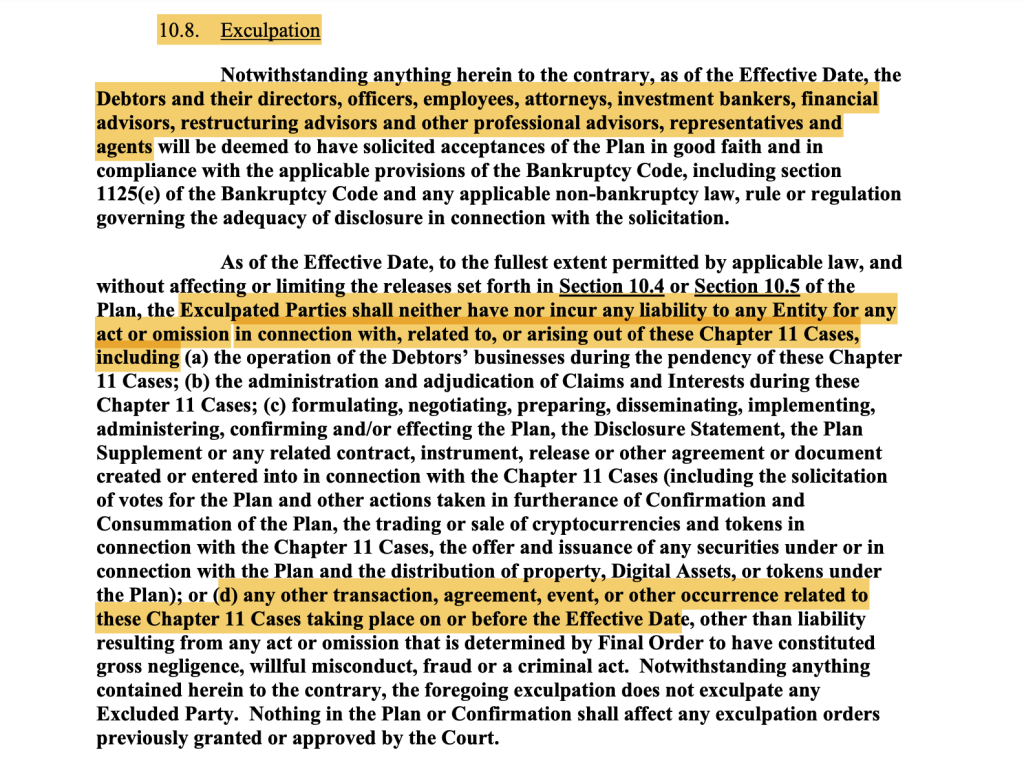
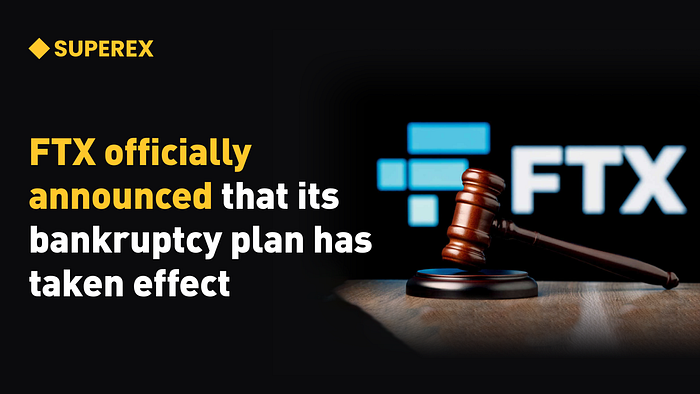
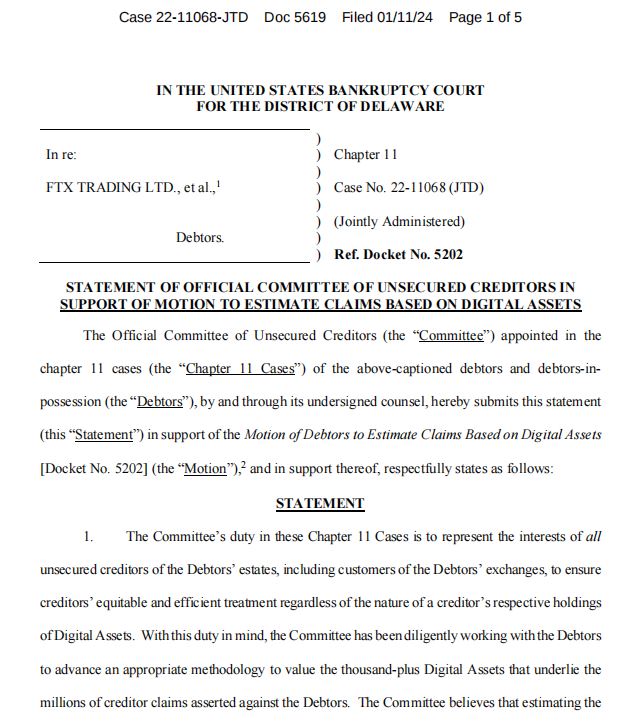
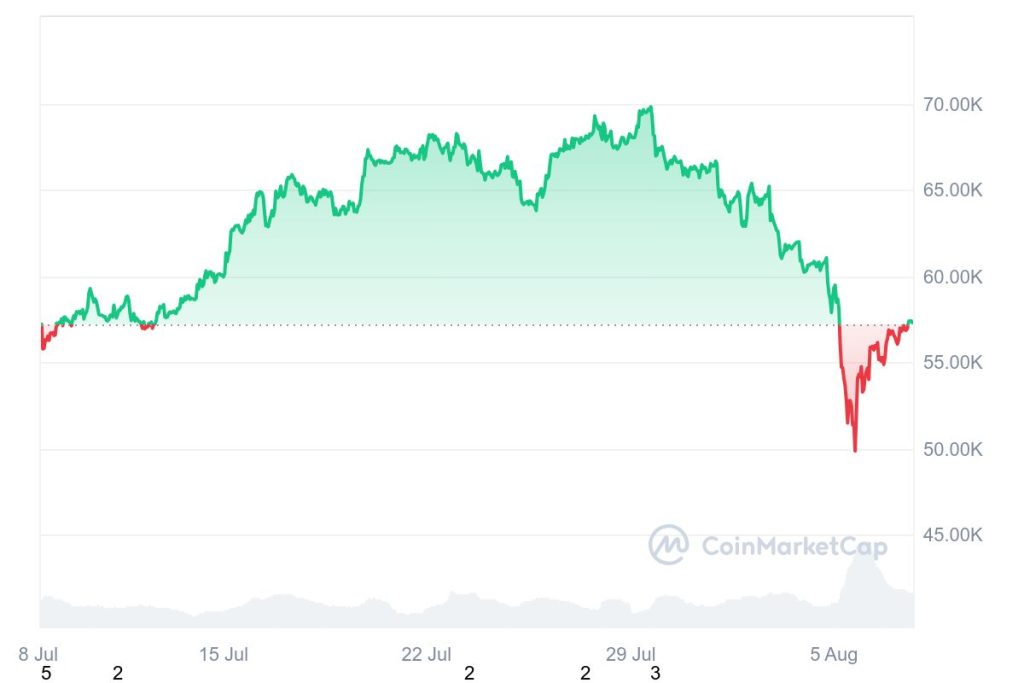
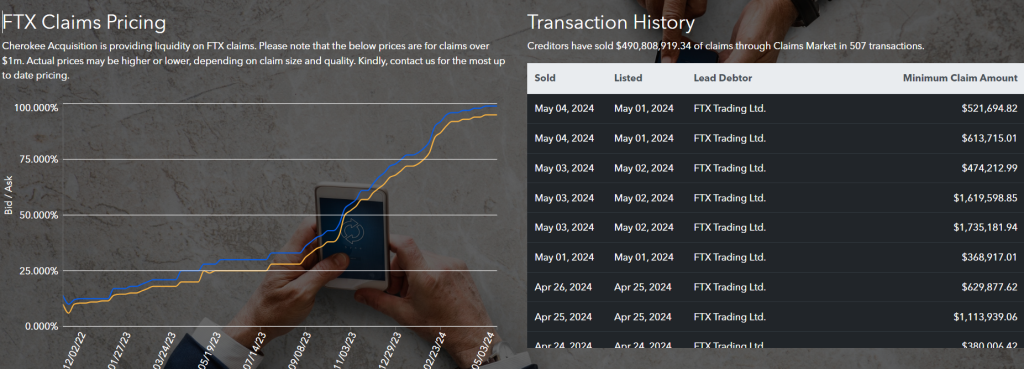
Responses